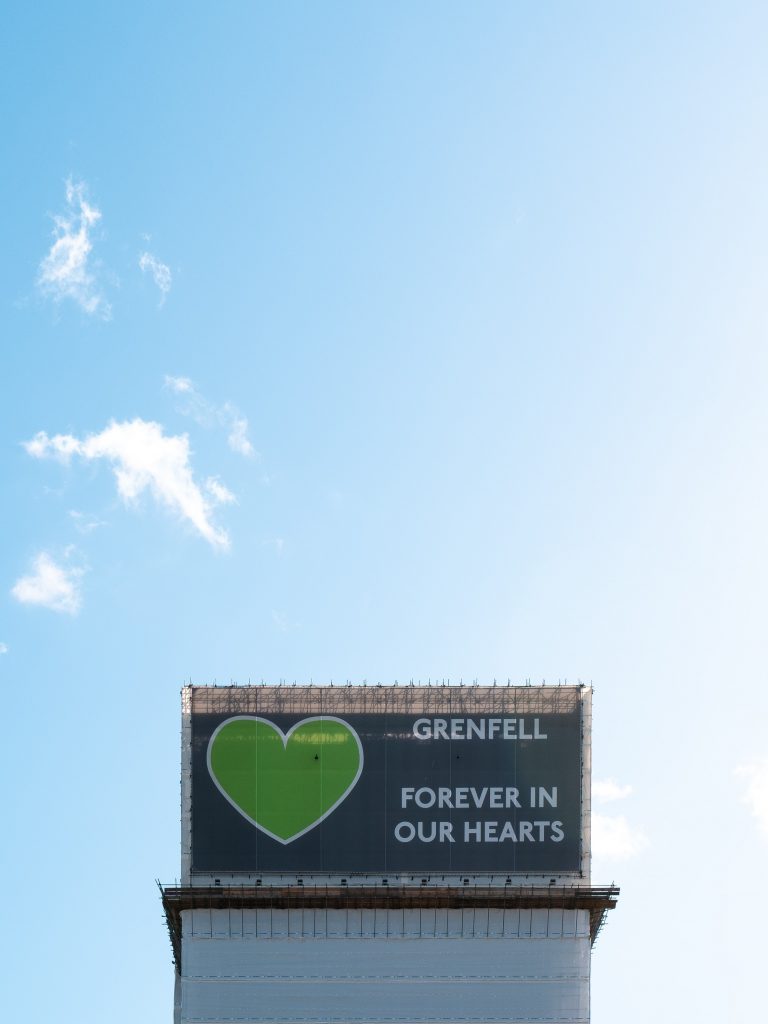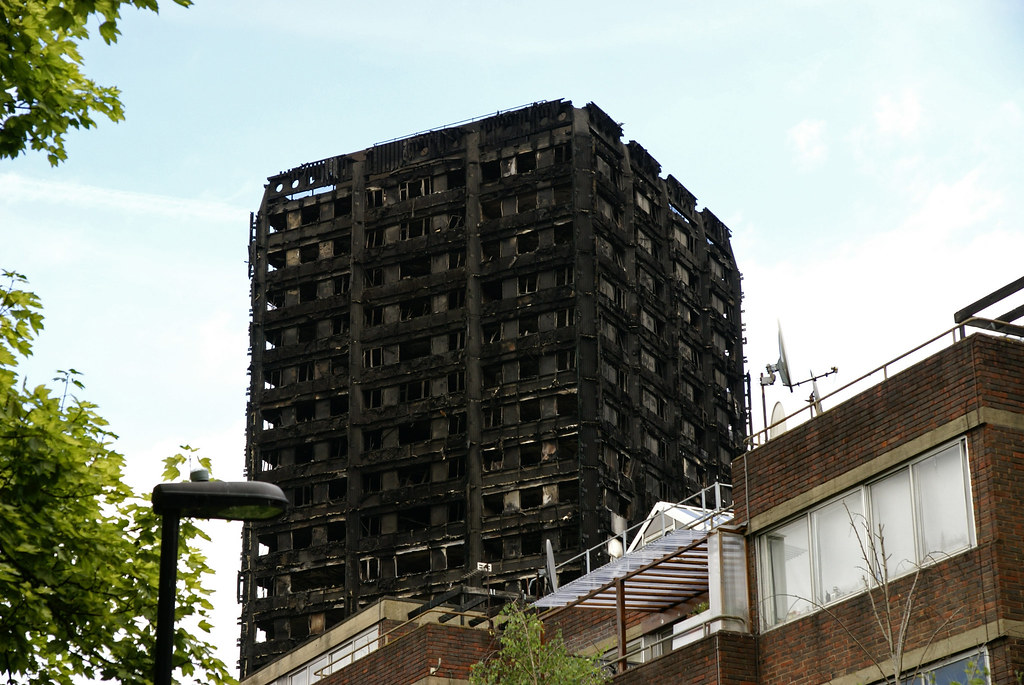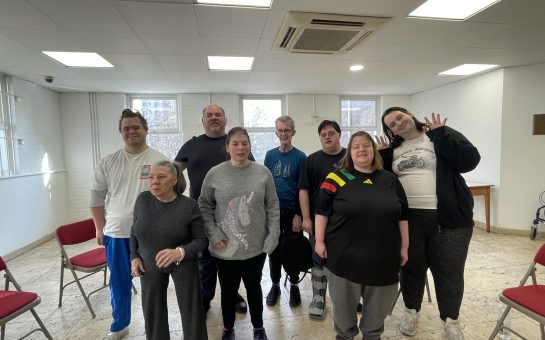“We’ve even discussed packing an escape bag, full of our passports and other important documents in case we need to run,” admits Ivan Uzunov, 31.
Ivan is a retail store manager who lives in a two-bedroom flat in Kennington. As he lays in bed at night, with his partner sound asleep next to him, he wonders if it’ll be their turn next.
“Thinking about what may happen has been keeping us in a constant state of stress and we wake easily with every little noise in the night,” he tells South West Londoner.
Ivan is one of the millions of victims trapped by the UK’s cladding scandal. In January the Labour Party analysed figures from the New Build Database and The Office for National Statistics (ONS) and found 11 million people in and around the UK have fallen victim.
The findings show around 4.6 million flats could be impacted in the cladding scandal or linked EWS1 process, with a small percentage of these having the Aluminium Composite Material (ACM) cladding – the same material that caused the Grenfell Fire in 2017 which killed 72 people.

Ivan’s partner bought the flat under the government-backed Share to Buy scheme, initially owning 30% of the property. The couple now owns the entire property and recently received a B2 rating – deeming their flat unsafe and unsellable.

Ivan’s fears became a reality for New Providence Wharf, a building complex near Poplar only last month. A team of firefighters tackled the raging blaze as it ripped through the block of flats covered in ACM cladding.
At least three floors were set alight in the 19-storey building. It has been reported that the timber decking found on the balcony may have caused the initial fire.
In a similar turn of events, Ivan has been told that the woodwork on his balcony is a fire hazard and that he should refrain from smoking or having any decorative lights out there.
Alarm bells began to ring pretty quickly for the young leaseholder when he met a New Providence Wharf resident who was shopping for new pyjamas in his retail store, after being evacuated from her flat.
“I panicked and thought, oh my god we’re literally in the same situation. I had to think quickly about whether my partner and I were ready.
“We can’t afford to not think about the worst-case scenario,” he said.
This week marked the fourth anniversary of the Grenfell Tower fire, but leaseholders like Ivan have seen no progress, just a further move towards another disaster.
Only four hours after his building received its B2 rating, residents were told the Waking Watch needed to take over and guard the block of flats immediately.
The Waking Watch costs £450,000 a year and were in place from July 2020 to May 2021. The cost has been added to the residents’ service charge – a bill they’re 100% responsible for under the Share to Buy scheme.
Daisy Connor, 37, is a nutritional therapist and works part-time in a health store. She lives in a one-bedroom flat in the same block as Ivan and with the help of the Share to Buy scheme owns 30% of her flat after securing it at the age of 25.

She tells South West Londoner: “Our service charge has doubled. It’s really added to the stress of the pandemic. I’ve been furloughed for much of it, so I spent all my lockdown in this unsafe building.
“The main stress comes from the feelings of helplessness and anger towards the people that built our homes. It’s so dehumanising.”
“The frightening thing is we would have never known that our building was so dangerous, and many others in London had the Grenfell disaster not happened.”
Daisy continues: “Neighbours and friends in my block have even been selling their furniture to make ends meet.”
UK Cladding Action Group’s 2020 Mental Health Report found that out of the 550 respondents, 68% were first time buyers, 90% said their mental health had deteriorated as a direct result of the scandal, and 50% said their service charge had risen to new heights.
Last month the Waking Watch in Daisy and Ivan’s building was finally replaced with the its first-ever specialist fire alarm costing residents £150,000.
Daisy’s monthly service charge has surged from £200 a month to roughly £500, and Ivan’s bills went from £180 to around £600.
Because Ivan and Daisy have the lowest possible B2 rating, they can’t get the EWS2 form, a document leaseholders require when selling or re-mortgaging their properties.
“We’re utterly stuck with no hope or direction. We’re witnessing history repeating itself,” Daisy admits.
Ivan and Daisy have considered buying a rope ladder in case they need to make a run for it in the middle of the night.
A spokesperson for their housing association, Barratt Homes, said: “The development was built in 2009 and signed off as meeting the requirements of building regulations by an independent approved inspector at the time of construction.
“While we have no legal liability, we have been working to assess and understand the issues at the development and are committed to working with the managing agent and freeholder to help them find a solution for leaseholders and residents.”
Conor Butler, 35, originally from Kilkenny, Ireland, works as a freelance TV producer and bought his first flat in Singer Mews, Clapham, under the Share to Buy scheme last year with his partner, 30 who works in the charity sector.
He said: “We couldn’t afford a place in London even between both our ok-ish salaries so we opted for the 50% shared ownership – our rationale was, at least we’re on the property ladder now even if it’s 50%.”
Conor was sick and tired of living in rented accommodation and felt it was worth using his savings to have a place of his own.
His property is under 18m tall meaning the government’s Building Safety Fund will not protect him from remediation costs.
A few months ago Conor was told the reason he received a B2 rating was because of the phenolic material used for his insulation.

It’s been reported that as recent as January, his building association, Notting Hill Genesis, has used Kingspan K15 (similar insulation) on a block of flats in northwest London.
A spokesperson for Notting Hill Genesis said: “On 20 May we held a productive and well-attended meeting for residents where we explained the current situation and next steps.
“The insulation used at Singer Mews was fully compliant with building regulations at the time of construction.
“Last week, our fire experts carried out a detailed intrusive survey to determine the exact make-up of the external wall. Once we receive the findings of the survey we will be able to provide a further update to residents.”
Florence Eshalomi, MP for Vauxhall, has been an avid campaigner for residents like Ivan, Daisy, and Conor.
She said: “This ongoing nightmare for leaseholders like Ivan, Daisy, and Conor began well over a year ago. It was the first cladding case that I dealt with shortly after I was elected, and I was shocked. It is nothing short of scandalous, and it is sadly not an isolated example.
“It is also totally unacceptable that shared ownership residents at the development have not been shielded from costs.”
Indeed what should have been an exciting life move has quickly turned into a nightmare for young leaseholders.
Conor tells me: “If I knew this was going to happen – I wouldn’t have risked everything to buy this place.
“Anything from £10,000 to £100,000 is going to land on my door at any moment – I’m terrified.”
An MHCLG spokesperson said: “Eleven million is a gross overestimate. Our data shows there are 1.27 million leasehold households in residential buildings over 11m in height in the whole of England – and nearly 500,000 of those should not need an EWS1 form in line with recent guidance from RICS.
“Our multi-billion-pound investment will protect those in the highest risk buildings from unaffordable costs and ensure no leaseholder in buildings of 11-18 metres will need to pay more than £50 a month to remove unsafe cladding.
“Our approach strikes the right balance in our continuing commitment to protecting leaseholders and being fair to taxpayers. ”
Feature image credit: Katy Bluey via Flickr.




